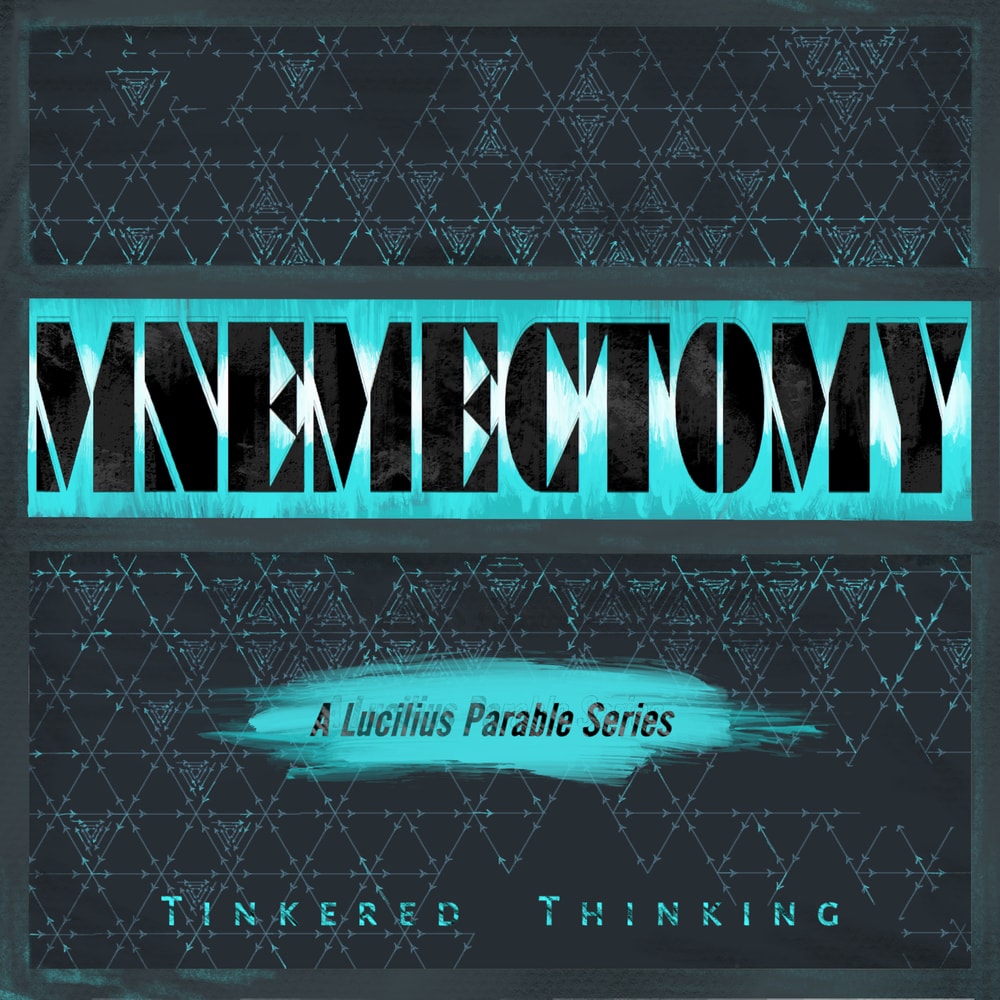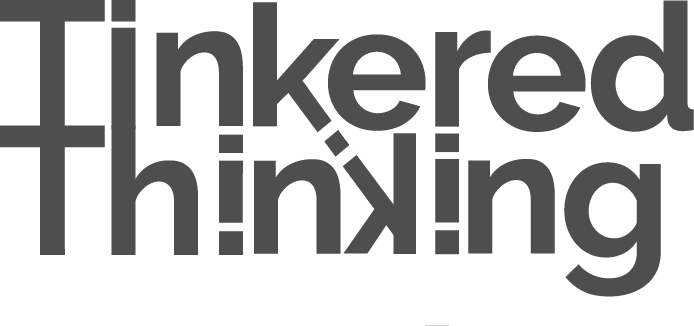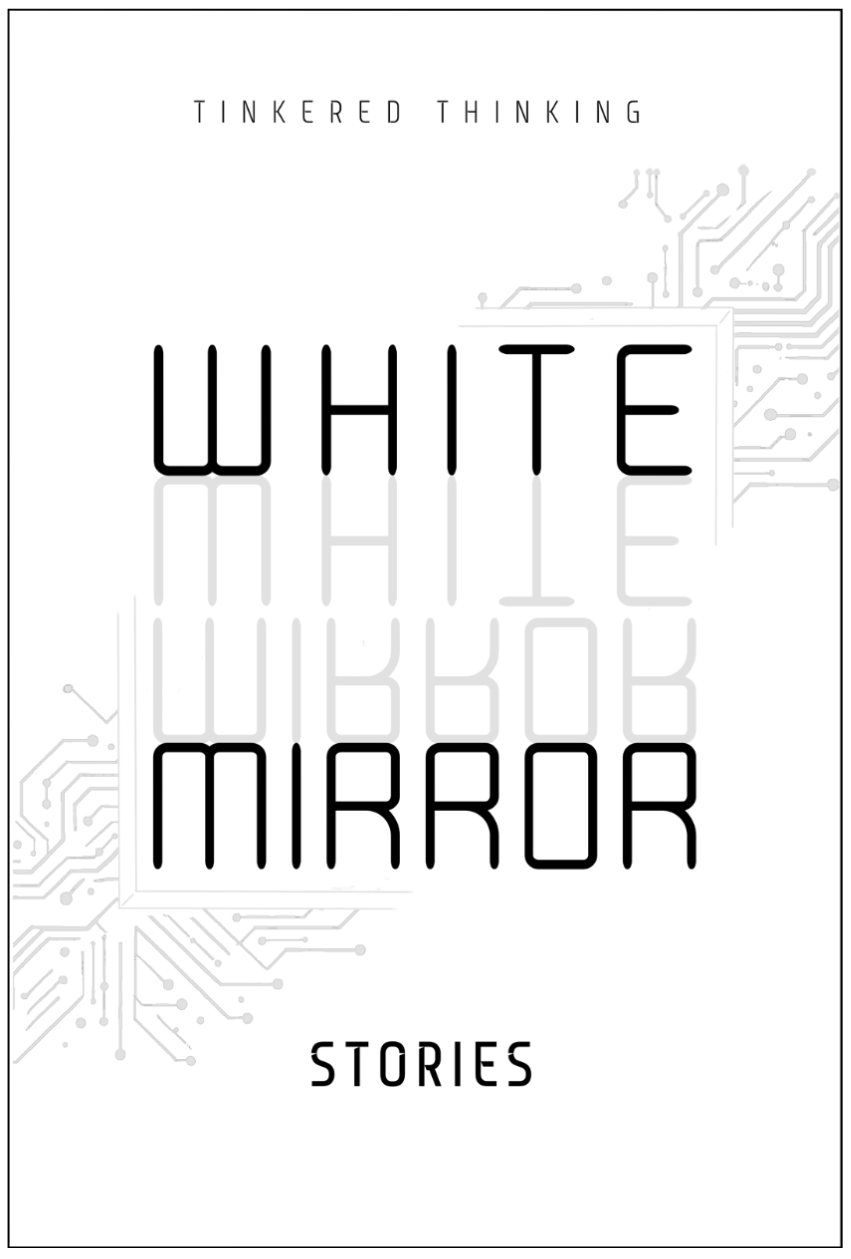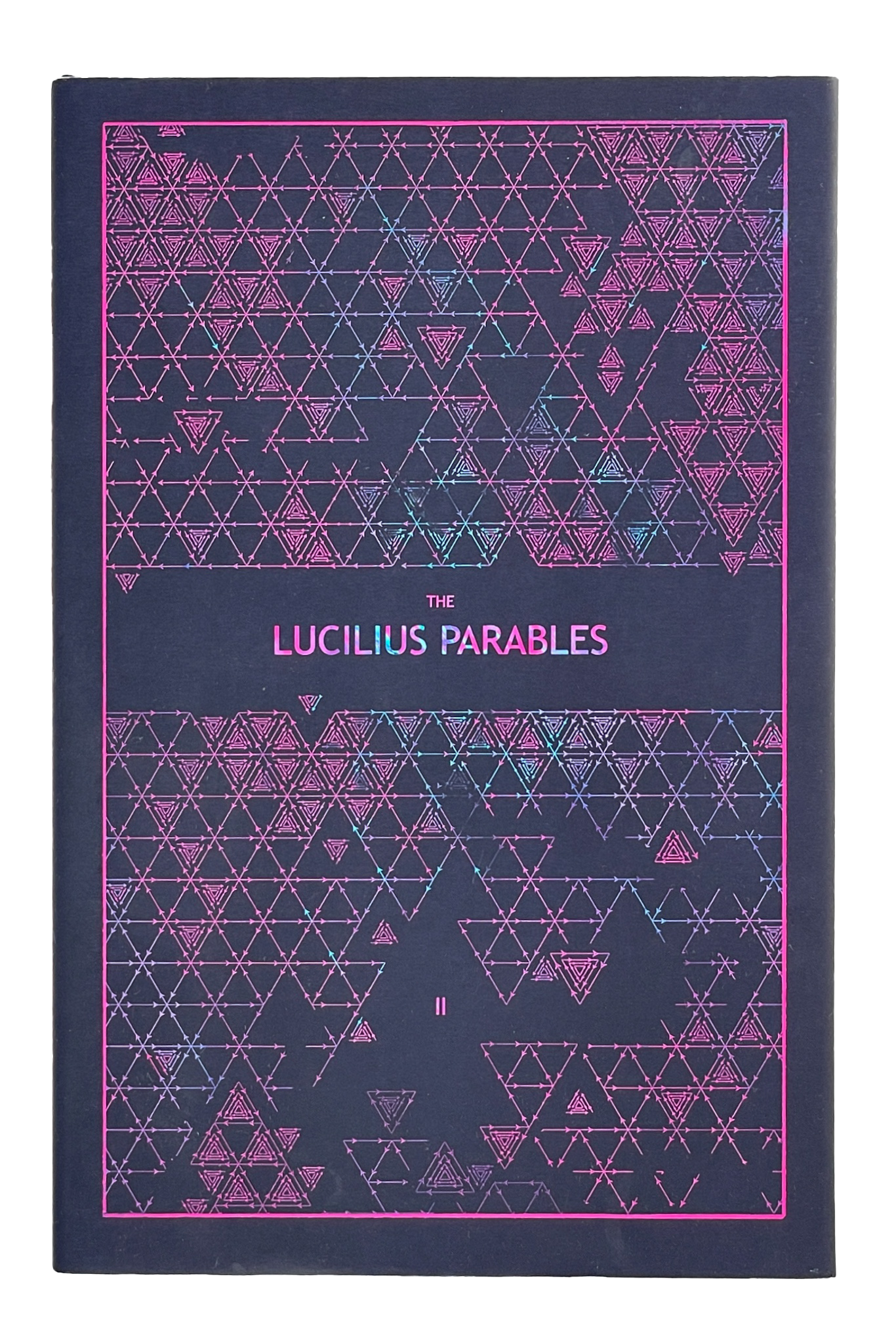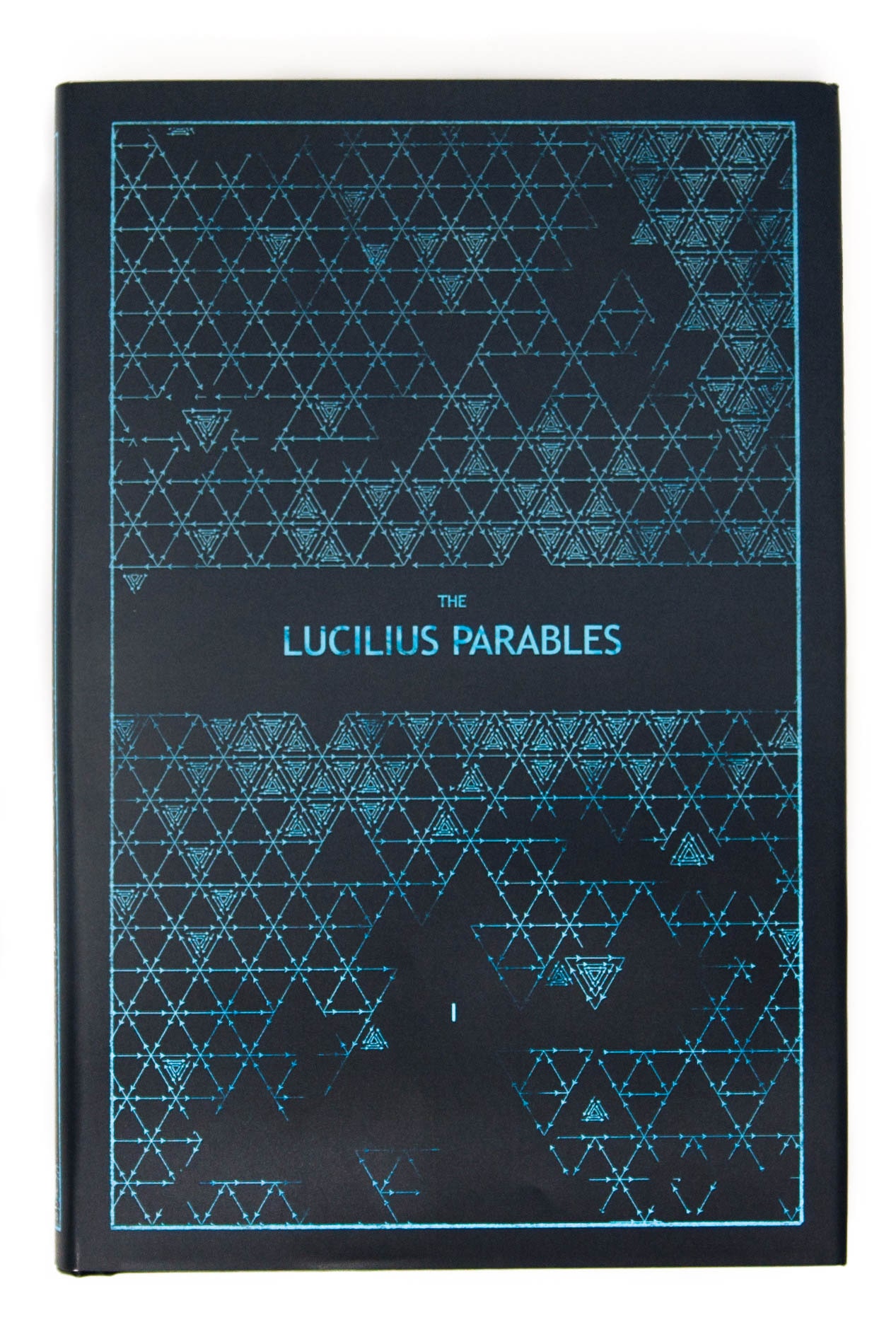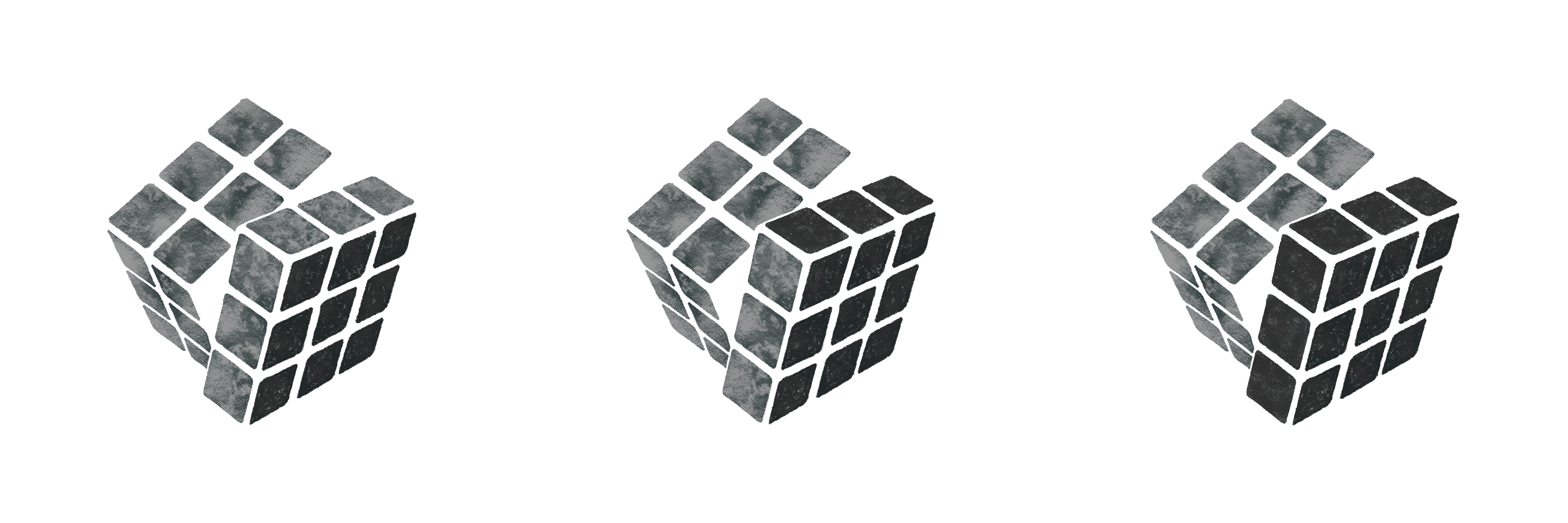Daily, snackable writings to spur changes in thinking.
Building a blueprint for a better brain by tinkering with the code.
subscribe
rss Feeds
SPIN CHESS
A Chess app from Tinkered Thinking featuring a variant of chess that bridges all skill levels!
REPAUSE
A meditation app is forthcoming. Stay Tuned.
ANALYSIS PARALYSIS
December 19th, 2019
This episode is dedicated to Clay Nichols. You can connect with Clay on Twitter @ClayNichols
Balance is an overrated concept, and this is only because it is misunderstood. It’s propped up in our hectic culture as some ethereal ideal, but it’s shoved into our frameworks for understanding in a broken way.
A useful way to see how balance is used in a broken way is to think about walking. Yes, walking.
Walking is not an expression of balance. Standing in one place without falling is an expression of balance. While standing, the virtue of your body’s posture as placed against the ground is in balance with the force of gravity that is pulling your body to the ground.
If you think about walking carefully, you realize that
the only way to move forward is to throw yourself off balance.
Think about it: if you’re standing in one place, what is the very first thing you do in order to take a step forward? You lean forward. But at this point in your life, your reaction to this destabilizing action is such an automaticity that you don’t realize that each and every step is actually an act of catching yourself before you fall flat on your face.
The physics of walking is quite literally the act of throwing yourself off balance and then catching yourself, over and over and over. Do this enough and it seems like a new type of ‘balance’ emerges, one that seems more pronounced when we run at a fast clip. But balance is probably not the best word. Something like the word ‘flow’ might be a better fit.
The structure of walking and it’s relation to the concept of balance can act as a useful framework for other areas where we hope to make progress.
And walking might be more fitting as analogy for progress than we might at first realize.
After all, the definition of progress is: forward or onward movement toward a destination, or advancement toward a better, more complete, or more modern condition.
The primary definition of ‘progress’ might as well be the definition of ‘walking’.
To use the word progress in a more contemporary sense, we can wonder: how does this rhythm of balance and off-balance apply to things that are less literal in their movement towards a place?
or rather:
How does balance make sense in the context of progress towards a goal?
This particular question might evoke similarly problematic flavors of speech and phrasing that are all too familiar, like: are we on track to achieve our goal?
The two together can be cobbled together into an image of a train that is properly balanced on it’s tracks and headed towards a specific destination. This is a dangerous way to think about progress for one simple reason: if we are trying to achieve a novel goal, then it’s something that hasn’t necessarily ever been done before, and a train track is proof of a destination that has been reached before.
If you are trying to achieve something new, then you have to blaze a trail. There are no tracks or roads or paths nor trails to the place that has never been visited.
If the place we wish to achieve is not physical, then what does our rhythmic process of balance and off balance look like?
These two states boil down into two of our most basic options as conscious beings.
There is thinking
and there is doing.
We cannot achieve something through pure thinking alone, even if some brilliant realization comes along, that realization needs some sort of expression in order to be meaningful, and such expression is the doing part.
Likewise, if we only do things, then the effectiveness of our action is left to the whims of fate. Luck favors action asymmetrically in this case because pure thought has almost no visible impact on the world. But, simply doing things without some sort of thoughtful pause and analysis runs the risk of doing the same dumb thing over and over.
Given any point in time, if we just stop and think about things, our thoughts have a high likelihood of settling into a fairly repetitive pattern. Perhaps, we could call this balance, in that our understanding of reality has reached some sort of stability based on what we know, but this doesn’t mean it’s comfortable, nor does it mean we are making progress. It doesn’t take much time standing in one place to grow uncomfortable.
As with standing in one place, so too with thinking: we must throw ourselves off balance. In the literal framework of walking, this instantly gives us a new perspective. With progress, in order to gain a new perspective on reality, we have to poke it. We have to do something in order to get a response from reality, and this response carries new information, which ideally updates what we understand about reality which further develops our perspective in the way that movement does in a literal way.
Think for a moment about hiking in the back country. It’s necessary to stop in order to get your bearings and figure out which way to go next. You stop to look around and get a sense of where things are and where you are in relation to them. Then you move on. And this process repeats.
The same repetition is necessary for thinking and doing. The trick to thinking in order to stay fresh and keep from falling into analysis paralysis is to ask an effective question. The question ideally poses a curiosity about reality that we currently have little to no information about. If the question we ask simply spins our thinking off into a different circular pattern, then it is not an effective question.
It does well to remember what a question really is, as Tinkered Thinking explores in episode 128.
A good question propels us into action for an answer that lies only in the folds of reality.
Once we’ve taken some action that mines an answer from reality, we can again pause and think about the implications, as we integrate this new knowledge and check our bearings on where we are in relation to the place we imagine might exist.
Repeat this over and over, and the sky’s the limit.
This episode builds off of Episode 133: The Right Track, Episode 128: Question and most importantly Episode 269: Blazing Tracks, and . . .
Make sure to subscribe at TinkeredThinking.com. Subscriber-only content is in the works. . .
-compressed.jpg)
